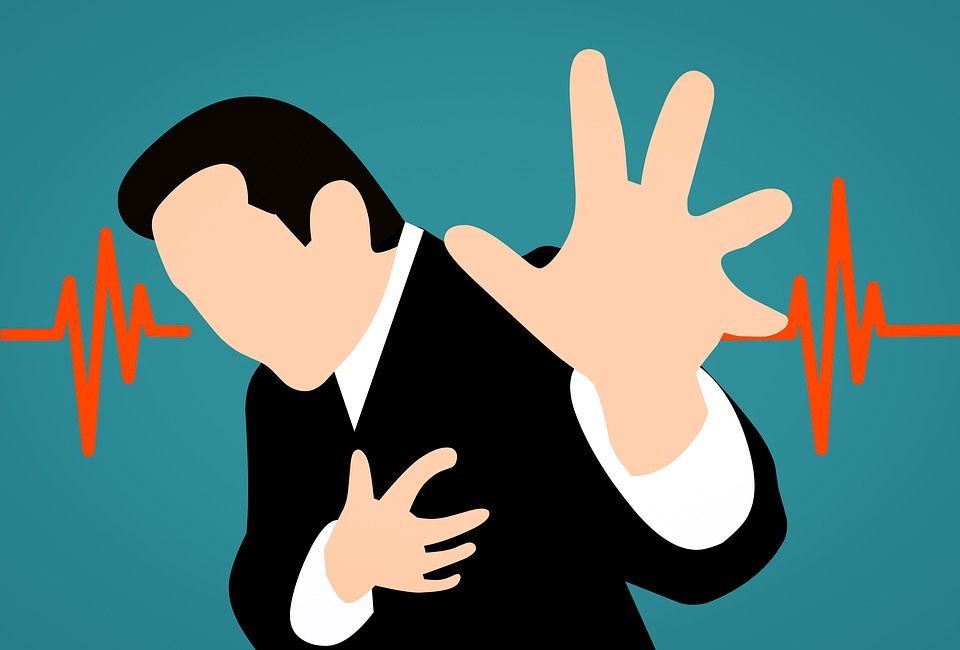The American College of Cardiology Foundation, The joint task force of the European society of cardiology, the world heart federation and the American heart association (ACCF/ESC/WHF/AHA) have updated the definition of acute Myocardial infarction to incorporate the use of highly sensitive troponins in clinical practice.
Definition of Myocardial Infarction
They defined acute Myocardial infarction as the presence of acute myocardial injury as detected by abnormal cardiac markers (above the 99th percentile of the upper limits of normal) in the setting of acute myocardial ischemia.
The new classification of Myocardial infarction
The new classification of MI is refined based on the probable cause of MI:
Type 1 Myocardial infarction:
Type 1 MI is caused by atherosclerotic/ atherothrombotic disease or plaque rupture or erosion. This is seen as an elevation of the cardiac biomarkers above the 99th percentile of the upper limits of normal and any of the following:
- Symptoms of acute myocardial ischemia
- New ischemic ECG (electrocardiographic) changes
- Pathological Q waves
- Wall motion abnormality or a non-viable myocardium as seen on cardiac imaging
- Identification of an intracoronary thrombus on angiographic studies or on autopsy
Type 2 Myocardial infarction:
Type 2 MI is characterized by an imbalance between myocardial demand and myocardial oxygen supply.
These causes include vasospasm, coronary dissection, emboli, microvascular diseases and other causes leading to increased oxygen demand in the absence of coronary artery thrombus.
Cardiac troponins elevation above the 99th percentile with at least any one of the following is required:
- Symptoms of acute myocardial ischemia
- New ischemic ECG (electrocardiographic) changes
- Pathological Q waves
- Wall motion abnormality or a non-viable myocardium as seen on cardiac imaging in the absence of a coronary thrombus.
Type 3 Myocardial Infarction:
Type 3 MI is MI in the absence of cardiac biomarkers. Examples include patients presenting with ventricular fibrillation or sudden death when blood could not be drawn or the biomarkers are not elevated in the blood.
Type 4 Myocardial infarction:
Type 4a:
Type 4a MI is associated with a percutaneous intervention. Cardiac troponin levels should be greater than 5 times the 99th percentile of the upper limit of normal. In addition, any of the following should be present:
- Evidence of myocardial ischemia is demonstrated by imaging (non-viable myocardium) or wall motion abnormalities
- new ECG changes or
- Occlusion to blood flow (occlusion of the major epicardial artery, disruption of collateral blood flow and distal embolization)
Type 4b:
Type 4b is a subcategory of PCI-related MI due to stent thrombosis or scaffolding as documented by angiography or autopsy.
Type 5 Myocardial Infarction:
Type 5 MI occurs after CABG (coronary artery bypass grafting). It is characterized by elevation of cardiac biomarkers of greater than 10 times the upper limit of normal in a patient with normal baseline cardiac markers. In addition, any of the following criteria should be present:
- New pathological Q waves,
- Angiography documented graft occlusion,
- Regional wall motion abnormality or a non-viable myocardium as demonstrated by imaging.
Prior/ Old Myocardial Infarction:
According to the fourth universal definition, prior MI is defined as any of the following three criteria:
- Abnormal Q waves
- Abnormal imaging – non-viable myocardium
- Pathological or anatomical evidence of Myocardial infarction
MINOCA – Myocardial infarction with non-obstructing coronary arteries
This term has been coined to highlight the importance of a subset of patients with myocardial infarction with less than 50% occlusion of the coronary arteries on angiography.
The above criteria emphasize on the integrated approach focusing on clinical and biochemical findings, ECG, imaging and angiographic findings to diagnose Myocardial infarction.
In addition, patients with sepsis may have elevated cardiac troponin levels and markedly reduced ejection fraction. This is secondary to the effect of bacterial endotoxins on the myocardium.
Treating sepsis leads to recovery of the heart disease and the myocardium starts functioning with a normal ejection fraction.

